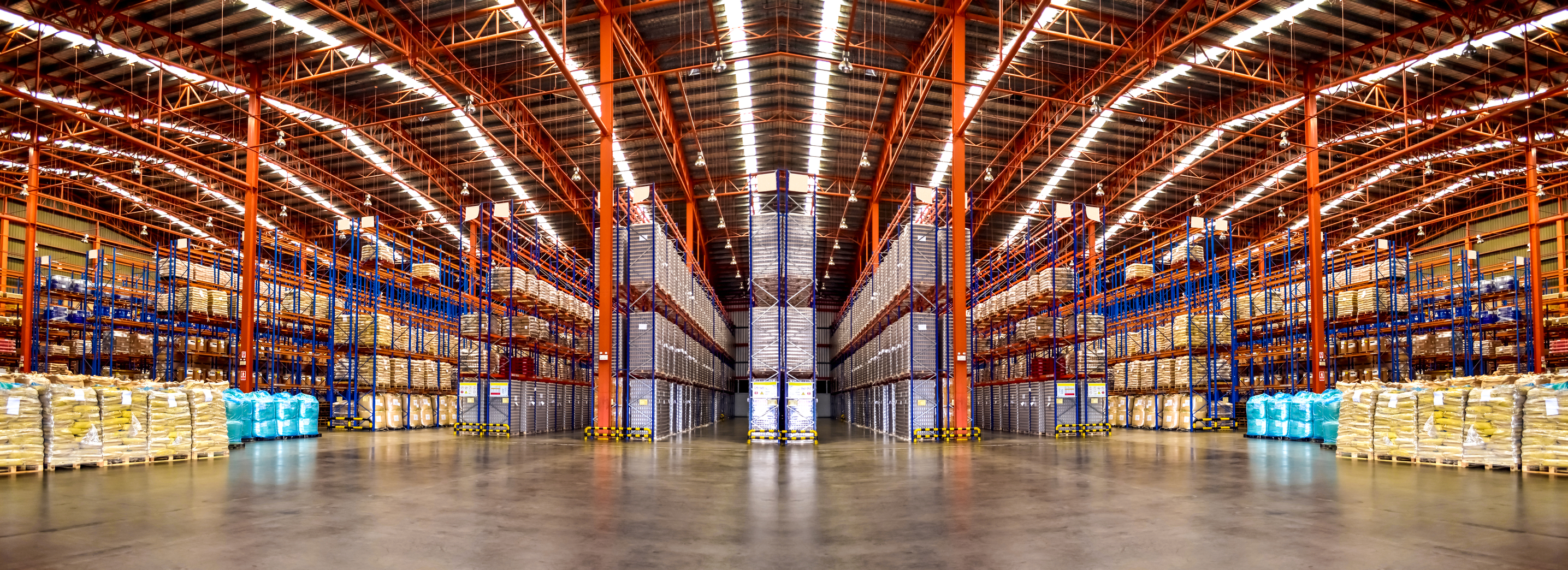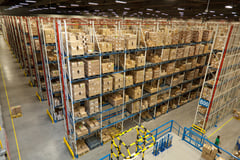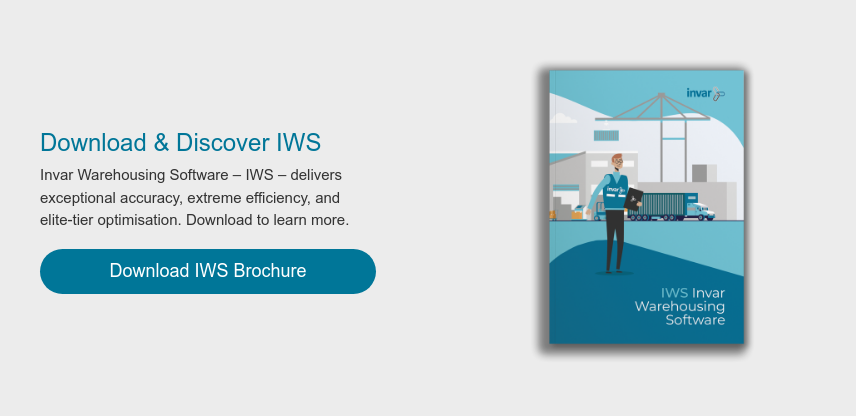
How does 'real-time' optimise your warehouse?
You’re looking for an optimised warehouse. Real-time stock control and inventory management is a big part of that, which is why it’s a key feature of IWS. But what does real-time really mean?
Oxford Languages defines real-time in general as “the actual time during which a process or event occurs.”
More specifically, it also has a computing usage context “relating to a system in which input data is processed within milliseconds so that it is available virtually immediately as feedback to the process from which it is coming”
For warehousing software, that means that the process you see represented in a visualisation, on a dashboard, is an accurate representation of the state of your warehouse as it is right then. No updating. No reportage delay. No need to doubt or reconsider for communication lag. What you see is what you get.
It almost seems strange that we think of “real-time” as an option rather than the expected way of things. We work in real-time, clients and customers order in real-time, the whole business world operates in real-time. The one second-per-second reality of our days doesn’t change because we’re suddenly doing “business” work.
Your business can’t wait for whatever ‘fake’ version of time you might think is okay to manage your software with. In truth, so much can change so quickly that you need to keep pace with every last process. If you want to understand viscerally why real-time is essential, consider the following three issues.
Stockout prevention – Keeping every order on track is one thing. But to avoid the dreaded and reputation-tarnishing power of the stockout means tracking every order in the context of every other order. Every warehouse action, monitored, managed and understood. Consider just how difficult that becomes when factoring in the delays brought about not by your own warehouse processes, but by the process monitoring process.
Improve your warehouse situation with real-time operations. Real-time means your business can know exactly where every last item is as it moves. That makes stock outs much less likely, and keeps your business much more secure.
Client/Customer communication – Every order matters, which means every order could have enquiries. Questions will come, and the quality of your answers will reflect well or woeful on your business. While an approximation from a “fake time” version of how things are meant to move might be okay, definitionally these are more likely to turn out wrong. Problems can arise. Corrections will need to be issued. Customers and clients will be unsatisfied.
Real-time improves your warehouse situation by delivering completely reliable and confidence confirming communications to your customers. The quality of your understanding of the situation is beyond reproach when you report in real-time.
Proper performance perception – What is the best path to improving your warehouse situation? Understanding. Approximations and model and hypothetical amalgams are helpful, but the only real way to know is to sit and watch the reality unfold. Since you cannot possibly have an eyepiece wide enough for manual observation, you need digital assistance.
But what good is a “fake” computer version? You need a truly “real” representation of what is happening? You need to know the real-time performance of your operation to improve your warehouse situation.
The best way forward to improve your warehouse situation is IWS.
Discover what IWS can do for you and your business today.
Enter your name and contact details below and learn how IWS can optimise your workflow, your warehouse, and everything else your business can and will do next.
Written by

Michael Trimmer

Contact Us
Contact us if you have questions or would like to set up an appointment to discuss your warehouse control systems.
Contact usRelated Articles

How does waveless picking optimise your warehouse?
When looking to optimise your warehouse, picking speeds are a major priority.
You want a solution...

The food sector must face its fears over warehouse automation?
Past mistakes should inform, but not inhibit, the adoption of new technologies within the food...
Read More
Automation – Trick or Treat?
In today’s environment, your customers have the choice of a myriad of suppliers competing for their...
Read More
